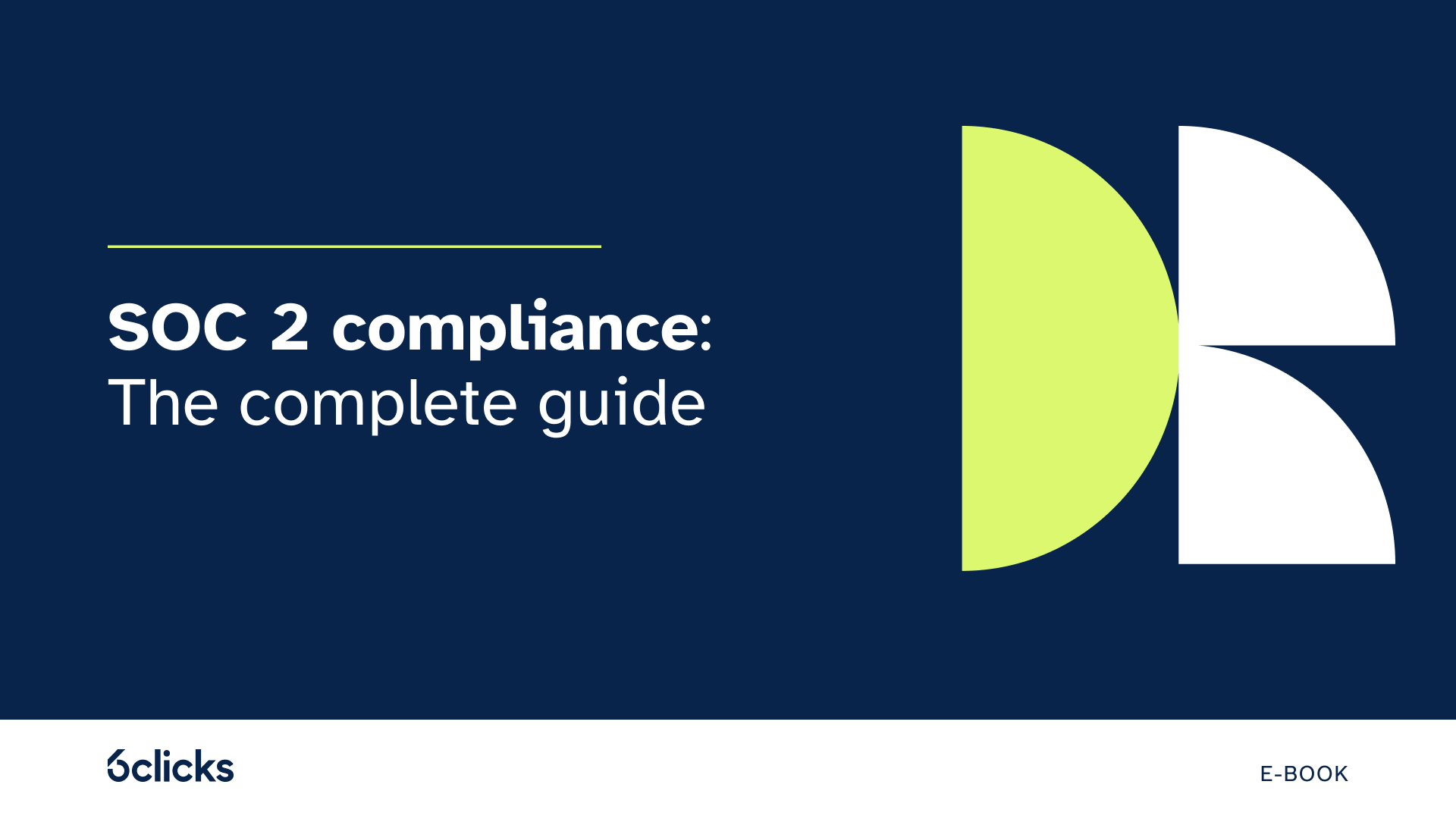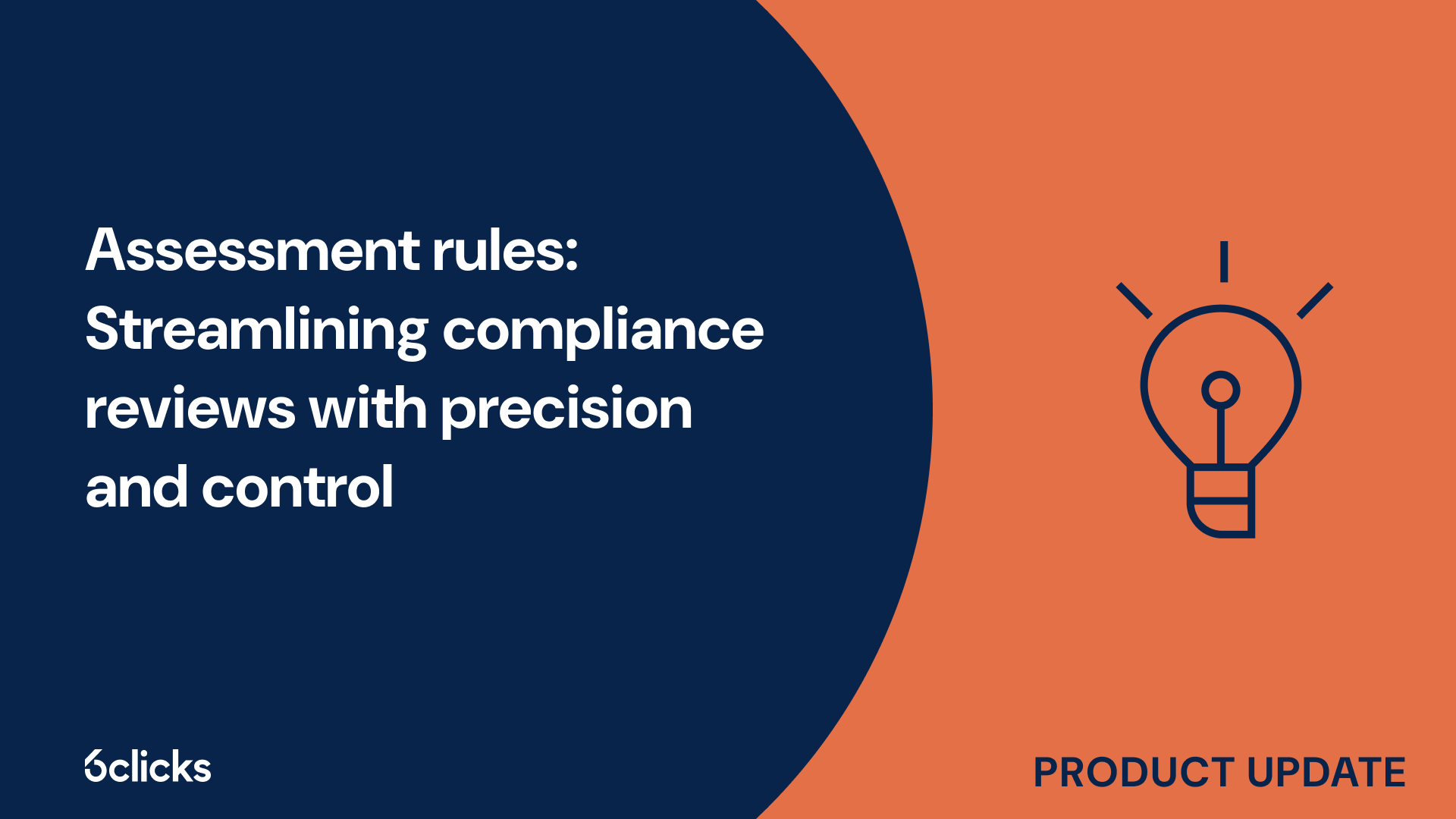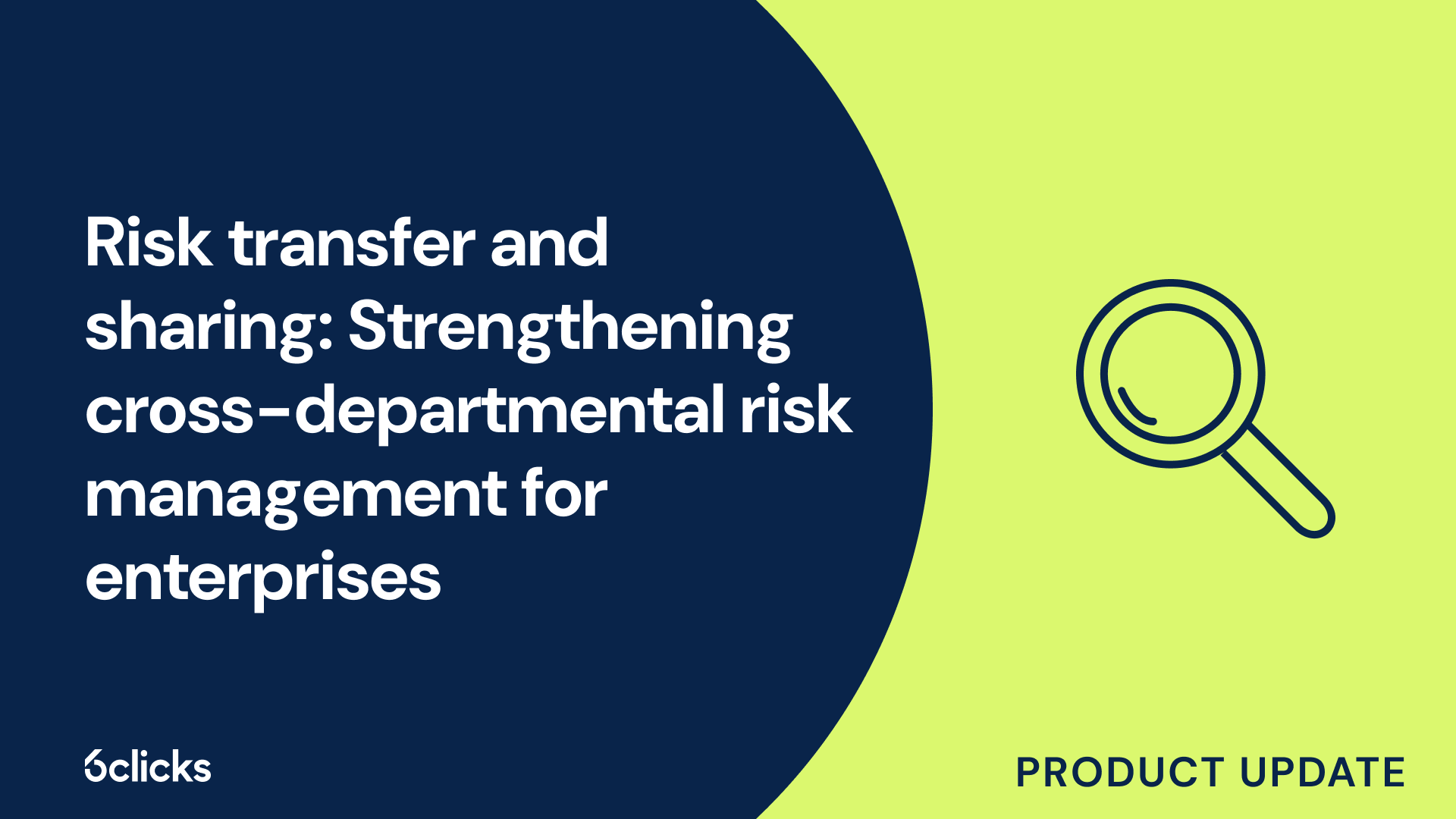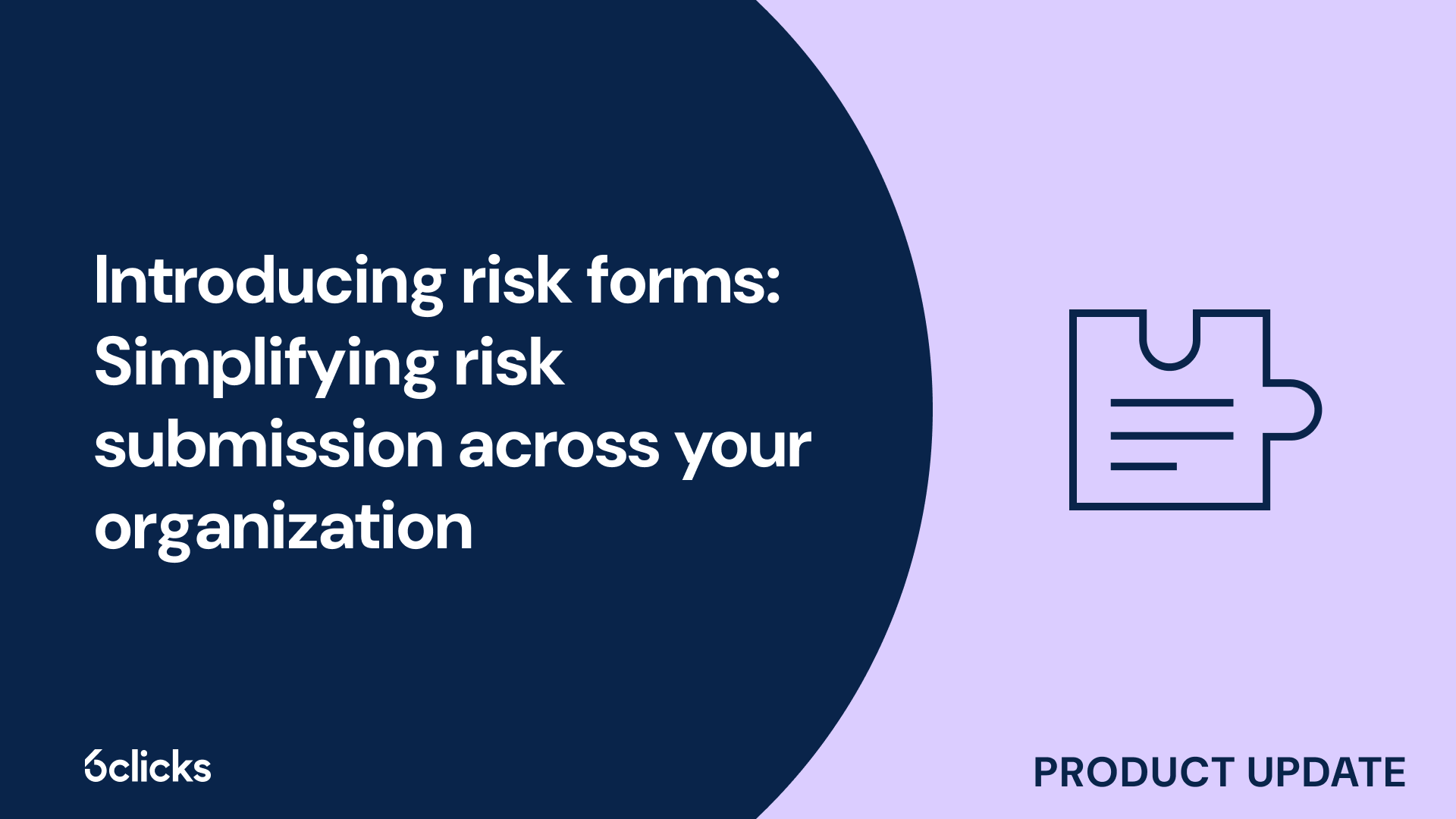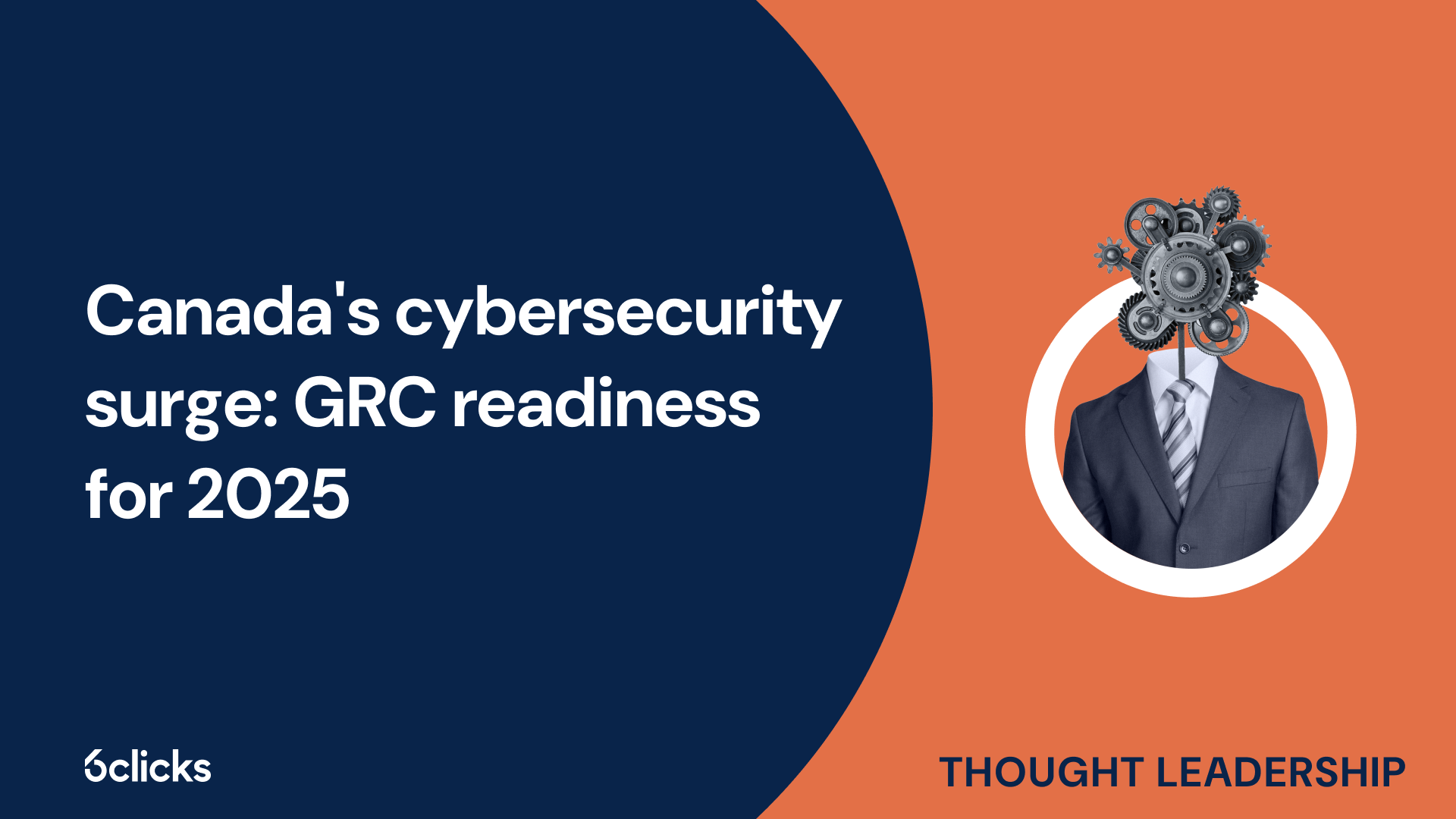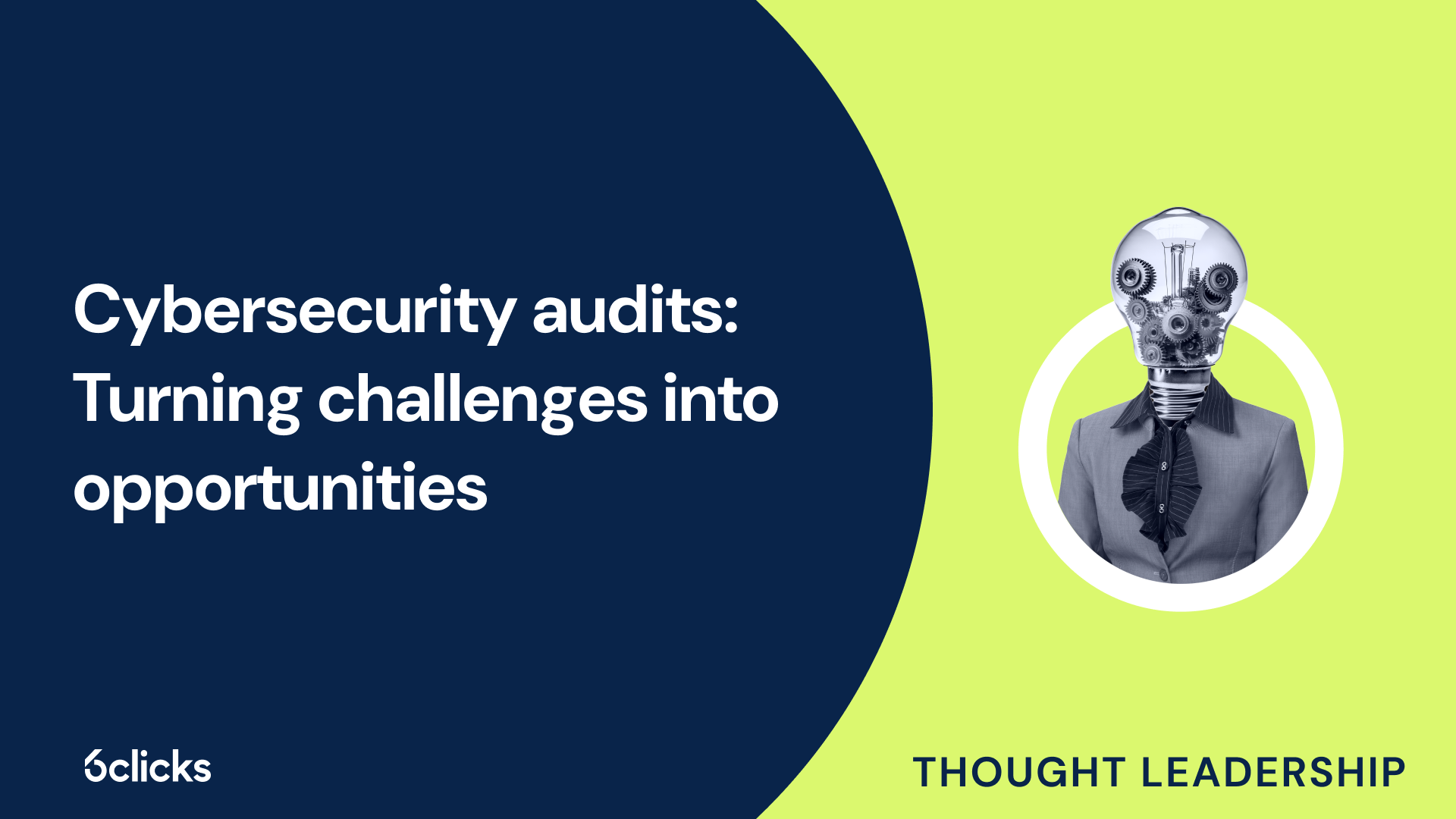Mastering the cybersecurity domain in 2025
Discover how to future-proof your organization’s cybersecurity in 2025. This free guide from 6clicks explores core security domains, regulatory frameworks, and how to integrate GRC for scalable, resilient, and audit-ready programs. Essential reading for CISOs, risk managers, and compliance leaders.
-1.png?width=200&height=249&name=Group%20193%20(1)-1.png)
Mastering the cybersecurity domain in 2025
What are best practices for implementing cybersecurity domains?
TL;DR: The best practices for implementing cybersecurity domains include aligning with business objectives, using a risk-based approach, mapping to frameworks, integrating automation, and enabling continuous improvement.
According to the 6clicks expert guide Mastering the Cybersecurity Domain in 2025, successful implementation of the eight cybersecurity domains requires more than technical controls. It demands a structured, strategic, and scalable approach that embeds cybersecurity into the organization’s DNA.
Each domain—whether identity, software development, risk management, or operations—has its own nuances. However, the organizations that succeed follow shared principles that support maturity, measurability, and resilience.
Cybersecurity domain implementation best practices:
-
Start with governance and risk alignment
Ensure leadership support, define risk appetite, and map controls to business goals from the start. -
Leverage existing frameworks
Use standards like NIST CSF, ISO 27001, SOC 2, or CIS Controls to guide implementation and benchmarking. -
Perform a domain-by-domain gap assessment
Identify strengths and weaknesses across the eight domains using self-assessments or automated tools. -
Establish ownership and accountability
Assign domain leads or champions across business units to drive adoption and cultural alignment. -
Use automation where possible
Automate assessments, evidence collection, and reporting to reduce manual overhead and improve accuracy. -
Measure maturity, not just compliance
Track progress across people, process, and technology—using metrics tied to outcomes, not just box-checking. -
Continuously monitor and refine
Treat implementation as a lifecycle—not a one-time project. Use findings from audits, incidents, and reviews to evolve.
Why best practices accelerate outcomes
By following these practices, organizations can:
-
Shorten implementation timelines
-
Reduce the cost and risk of failure
-
Improve stakeholder trust and audit readiness
-
Build a foundation for scalable cyber resilience
In short: success with the domains isn’t about doing everything at once—it’s about doing the right things, the right way, at the right time.
Ready to roll out the cybersecurity domains with structure and speed?
Book a demo with 6clicks today to see how our platform helps you assess domain readiness, align with global frameworks, and drive implementation success across risk, compliance, and security teams.



